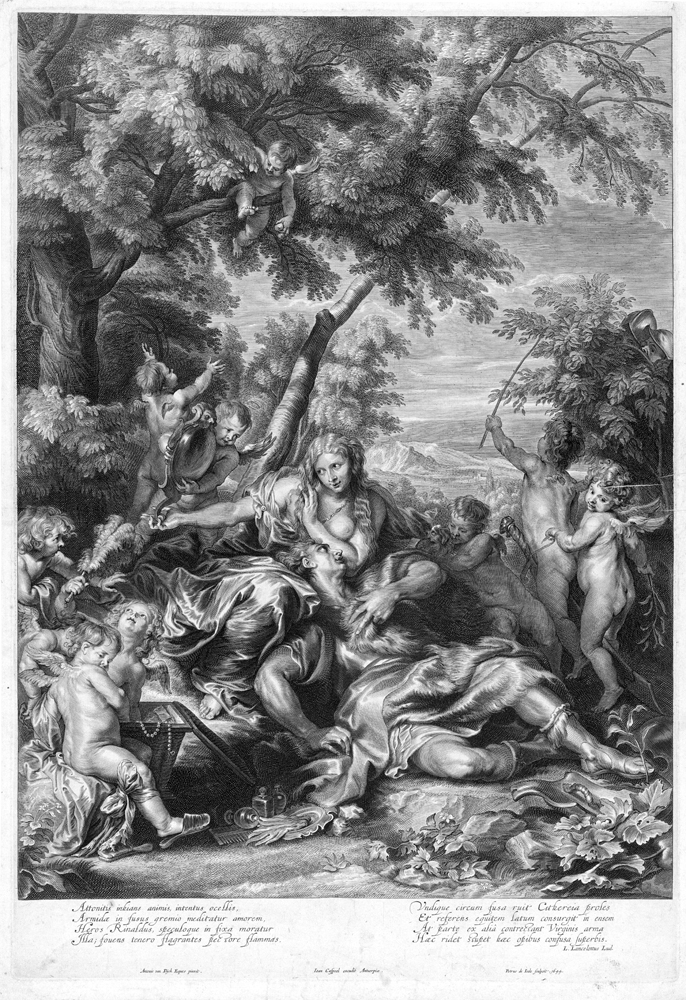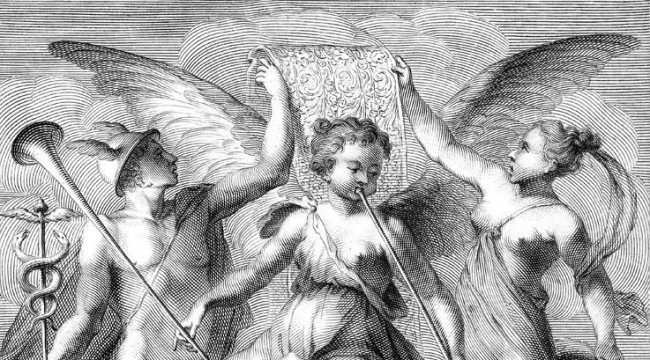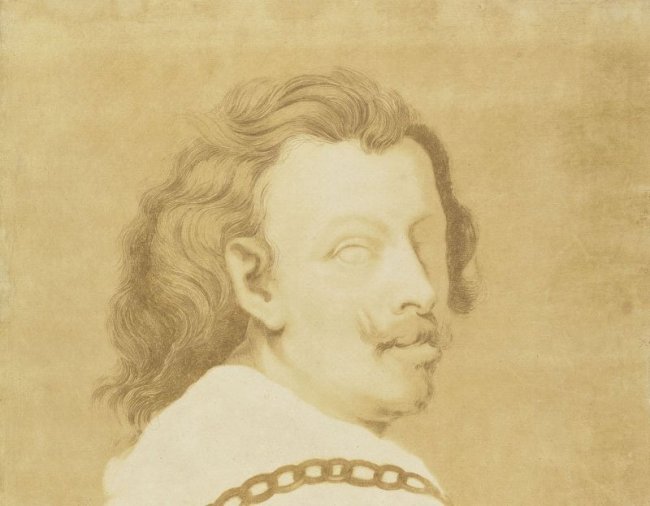
Pieter de Jode II continued the family publishing firm with a largely diminished stock of plates. His father Pieter de Jode I sold plates during his lifetime and at his death in 1634 the remaining stock was left to his wife. It seems that Pieter the Younger, like his father had done c. 1601, started his own stock, which responded to present artistic taste and changes in the market for prints, publishing some designs of contemporary painters like Erasmus Quellinus II and Abraham van Diepenbeeck, and copies of French prints. As an engraver he worked mostly for other publishers; his best works are the prints that he made for artists after their paintings, most notably Rubens, Van Dyck and Jordaens. Although he did not inherit his father’s talent as a draughtsman, it is generally accepted that the younger Pieter emulated him as an engraver. His use of much finer and less even lines and stippling in very short, nervous lines rather than dots resulted in more tonality and refinement. Pieter de Jode II specialized in the genre of portraiture, as an engraver as well as a publisher. His plates for Van Dyck’s Iconography are outstanding. But his magnum opus would be the c. 170 portraits that he published as part of the Theatrum, from c. 1640. An important part of his business was, as it had been for his father and grandfather, the trade in prints and paintings. The estate inventory drawn up in 1644 after the death of his first wife demonstrates that De Jode traded prints on a national and international scale. Pieter de Jode II’s son Arnold only worked as an engraver, trained by his father. During his early years he worked with his father on a small series of landscape prints, published in 1658, and some book illustrations to Virgil’s Aenid, published in 1662. Following in his father’s footsteps Arnold de Jode also engraved several portraits, among them the portrait of Catherine Howard after Van Dyck, as an addition to Van Dyck’s Iconography. In 1666 at the latest Arnold arrived in London, where he would produce his best work. The first print engraved by De Jode in London was after a painting by Van Dyck in the collection of Peter Lely, the Infants Christ and Saint John the Baptist. It was published by Richard Tompson, who issued three more prints by Arnold de Jode, which were his most outstanding works as well as the publisher’s most distinguished publications. The major commission received by Arnold de Jode was the engraving of thirty plates for Alexander Browne’s theoretical treatise and art manuel Ars Pictoriae, first published in 1669. These plates are his last known works, made probably between c. 1667 and 1669. What happened to the young Flemish engraver is unknown; he probably died around that time, which means that his father, who was last mentioned in 1670, survived him by just one or two years. With their deaths the De Jode dynasty of printmakers came to an end.
Volumes VIII-X: Pieter de Jode II
Volume X: Arnold de Jode
Compiler: Marjolein Leesberg
Editor: Simon Turner



